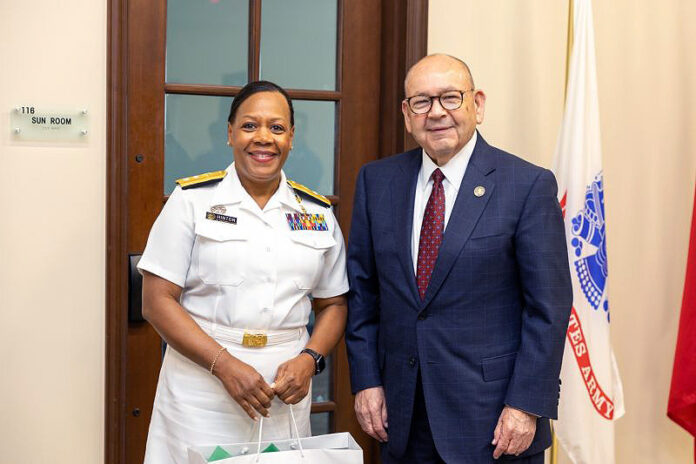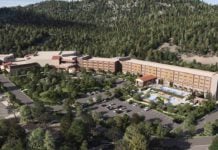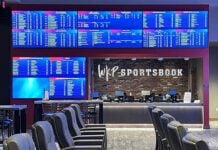
The Chickasaw Nation recently hosted Deputy U.S. Surgeon General Rear Admiral (RADM) Denise Hinton, highlighting major advancements in First American health outcomes. Governor Bill Anoatubby reflected on the progress, stating, “It has been quite a journey from a time we didn’t have clinics or hospitals in the Chickasaw Nation.” He emphasized that citizens previously had to drive up to 100 miles for care, but now the average distance is only 35 miles, with transport services available for those in need.
The partnership with the U.S. Public Health Service (USPHS) and Indian Health Service (IHS) has been crucial. “We have shared goals,” Anoatubby said, emphasizing collaboration as key to improving healthcare quality and access. The 1994 Indian Self-Determination and Education Assistance Act marked a turning point, allowing the tribe to manage its own health system.
Listening sessions with tribal citizens helped shape healthcare priorities, leading to expanded services, including addiction treatment and mental health support. New initiatives in nutrition and physical fitness also emerged. The Chickasaw Nation Medical Center (CNMC) in Ada, a joint venture with IHS, opened in 2010, replacing older facilities. Anoatubby called joint ventures “one of the best programs Indian Health Service has for healthcare facility operation.”
Deputy U.S. Surgeon General Rear Admiral (RADM) Hinton was impressed by the beauty of the land, the warm reception she and her team received and the impressive health outcomes achieved by the Chickasaw Nation.
“The area is beautiful. Driving here to the Chickasaw Nation and seeing the (Chickasaw Nation Medical Center) facility, it is incredibly gorgeous,” said Hinton. “We appreciate coming here and being greeted by Governor Anoatubby and talking about the partnership and the importance of the partnership between the Indian Health Service and the Public Health Service within the Department of Health and Human Services. The Chickasaw Nation, in and of itself, is so critically important. Our impression is the Chickasaw Nation, Indian Health Service and the community at large is just that – a community. The social determinants of health represented (by the Chickasaw Nation) are not just in words and paper and concepts, but are lived here every day.”












































